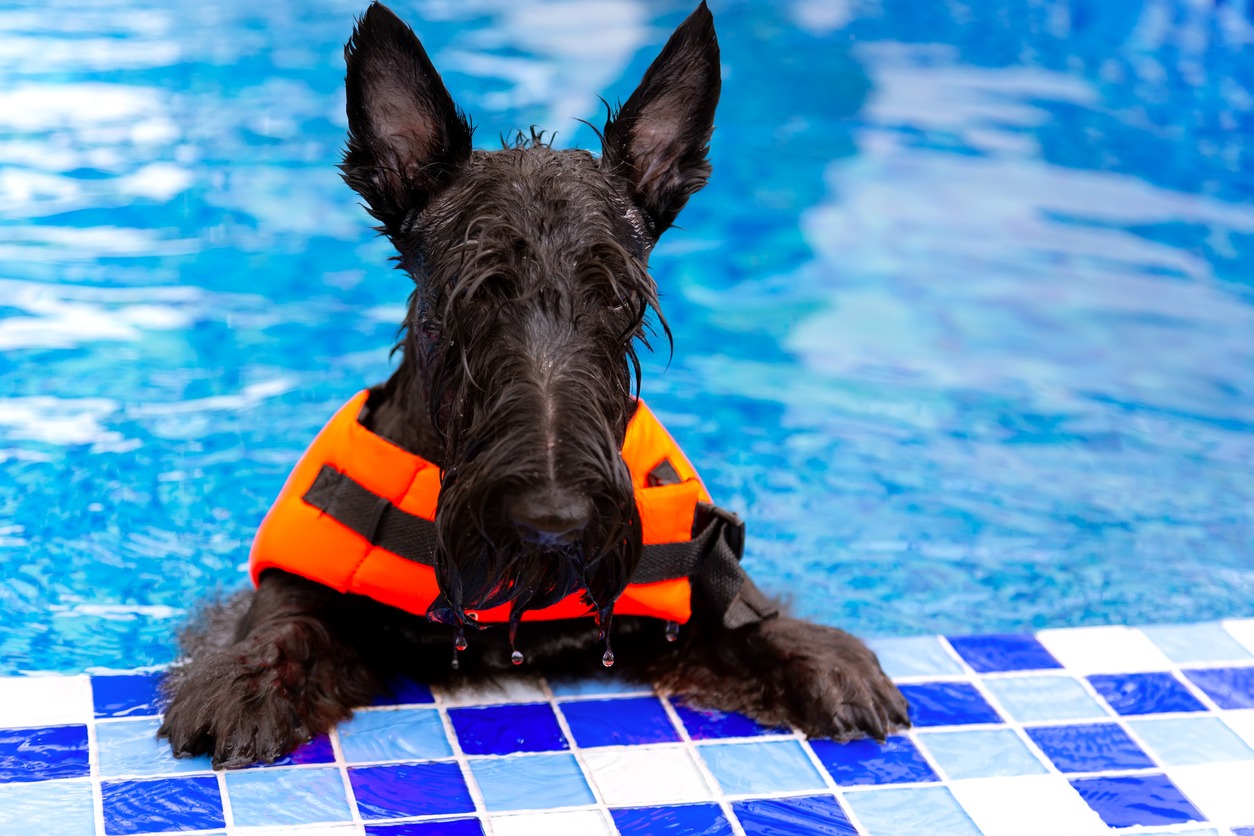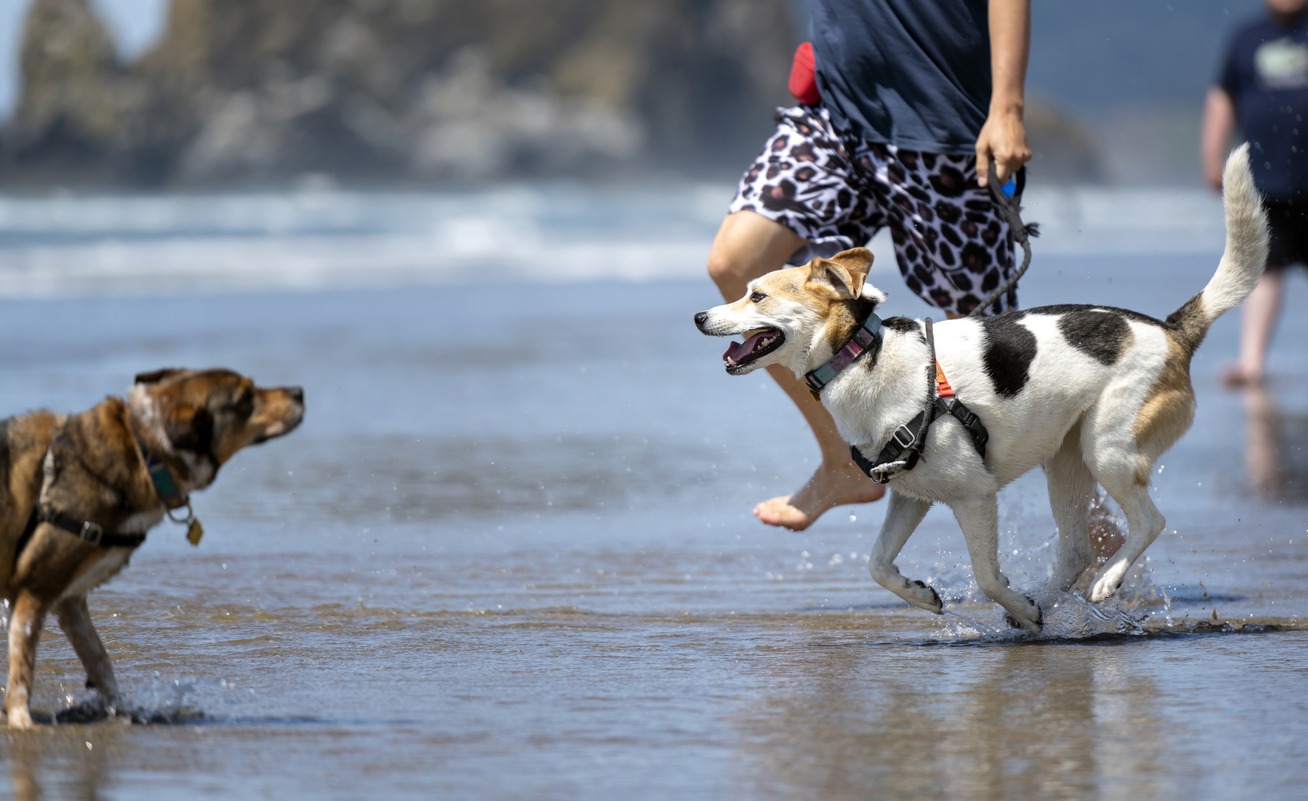Did you know that your furry friend can benefit from hydrotherapy or muscle-building exercises? Well, if your pet experiences any orthopaedic issues, it can access numerous benefits with canine rehabilitation.
Indeed, this concept is a new one, but almost all veterinarians in the US will recommend this approach for dogs that need help with recovery. Rehabilitation can decrease pain and discomfort while boosting joint mobility. So, if you’re interested in increasing the quality of life for your pet, read on to find out how canine rehabilitation can help.
Customized and Scheduled Physical Therapy
The first stage of enrolling your pet in a rehabilitation treatment approach is a meet-up between your veterinarian and a verified canine rehabilitation practitioner or therapist. These specialists will discuss the health problems of your pet, determine the severity of it, and create a treatment plan to help your pet overcome the problem.
Rehabilitation can include several techniques useful for orthopedic issues, like thermotherapy, hydrotherapy, or coordination exercises. Depending on the problem of your pet, the experts will craft a personalized rehabilitation plan based on the following aspects:
- Pet massage to decrease muscle tension and improve mobility;
- Thermo and cryotherapy to boost the range of motion and deal with stiffness with the aid of heat packs;
- Passive range of motion to teach your pet how to regain its full range of motion;
- Coordination exercises to recover from the spinal cord or neurological problems. In most cases, this type of session includes walking over obstacles and performing specific coordination exercises;
- Balance exercises to improve muscle strength and deal with atrophied limbs, which is useful for pets recovering from the spinal cord or neurological problems;
- Strengthening exercises to teach the dog how to position weight on affected limbs, along with how to regain the full range of motion. This is usually recommended for pets suffering from hip dysplasia or degenerative joint issues;
- Hydrotherapy to ease the exercising process with the aid of water. It decreases stress on limbs, being excellent for pets recovering from surgery;
- Electrical stimulation to deal with pain and boost the effectiveness of other rehabilitation approaches;
- Acupuncture to provide pain relief and promote healing, particularly useful for pets experiencing chronic pain or recovering from surgery;
- Laser therapy to reduce pain and inflammation, and to accelerate tissue repair and cell growth, beneficial for a variety of conditions.
Addressing Unique Health Challenges for Different Breeds
Canine rehabilitation is an essential aspect of veterinary care that caters to the unique health issues prevalent in various dog breeds.
1. Hip and Elbow Dysplasia (Common in Labradors, German Shepherds, Golden Retrievers, Bulldogs, Boxers)
- Hydrotherapy: Utilizes water resistance to strengthen muscles without putting stress on the joints.
- Physical Therapy: Includes exercises specifically designed to strengthen the muscles supporting the hip and elbow joints.
- Massage Therapy: Helps reduce pain and inflammation, and improve blood circulation.
2. Obesity (Labrador Retrievers, Beagles)
- Controlled Exercise Programs: Tailored exercises to gradually increase activity levels without causing joint stress.
- Hydrotherapy: Aids in weight loss by providing a low-impact form of exercise.
3. Heart Disorders (Labrador Retrievers, Golden Retrievers)
- Customized Exercise Regimens: Gentle exercises to improve cardiovascular health without overexertion.
4. Degenerative Myelopathy (German Shepherds)
- Supportive Mobility Exercises: To maintain muscle mass and mobility for as long as possible.
- Use of Mobility Aids: Such as wheelchairs, to assist in movement.
5. Bloat (German Shepherds, Great Danes)
- Postoperative Rehabilitation: If surgery is required, gentle rehabilitation can help in recovery.
6. Skin Conditions (Golden Retrievers, Boxers)
- Regular grooming as part of a wellness routine can indirectly support skin health.
7. Brachycephalic Syndrome (Bulldogs)
- Weight Management: Exercise programs to maintain a healthy weight, reducing respiratory strain.
The customization of rehabilitation techniques is vital due to the diverse anatomical and physiological characteristics of different breeds. Adapting rehabilitation plans to suit each specific breed not only ensures the safety and efficacy of the treatment but also significantly reduces the risk of injuries. Moreover, it addresses the particular health requirements of each breed, ensuring that all dogs, regardless of their size or breed-specific challenges, receive the most appropriate and beneficial care.
Teaching professionals about canine rehabilitation
Canine rehabilitation is an emerging and dynamic field in pet care, combining veterinary science and physical therapy techniques to help dogs recover from injuries, and surgeries, and manage chronic conditions. This innovative approach to pet health has gained momentum in recent years, reflecting a growing awareness of the specific health needs of dogs, especially as they age or face medical challenges.
Educational programs for canine rehabilitation are increasingly available, catering to professionals who are passionate about animal health and welfare. These programs are comprehensive, covering various aspects of dog anatomy, common ailments, and the latest techniques in rehabilitation. They’re typically conducted by experts in veterinary medicine and physical therapy, ensuring a well-rounded education. Graduates of these programs earn the title of certified canine rehabilitation therapists, a designation that aims their specialized skills in helping pets heal and regain mobility.
In these programs, professionals learn about a wide range of therapeutic techniques, such as hydrotherapy, massage, and targeted exercise routines. Each method is designed to address specific issues, from post-surgery recovery to managing arthritis or hip dysplasia in breeds prone to these conditions. The focus is on providing a holistic and personalized approach to each dog’s treatment, considering their unique health needs, breed characteristics, and lifestyle.
The goal of canine rehabilitation is not just to treat injuries or illnesses but also to enhance the overall quality of life for dogs. This might involve helping a pet regain strength and mobility after an operation, reducing pain and discomfort from chronic conditions, or even offering preventive care to minimize the risk of future health problems.
As the field grows, veterinarians and pet owners alike are recognizing the value of canine rehabilitation. It is becoming an integral part of comprehensive pet care, offering a way to extend the active and happy lives of dogs. With a blend of scientific knowledge and compassionate care, canine rehabilitation is redefining how we support the health and well-being of our canine companions.
Human vs Canine Rehabilitation
Canine rehabilitation and human rehabilitation, while distinct in their application, share several similarities in approaches and techniques. Both fields rely heavily on the use of manual therapies, therapeutic exercises, and physical modalities to treat injuries and restore functional mobility. Techniques such as massage, stretching, and strength training are common in both, tailored to the patient’s needs, whether they are four-legged or two-legged. Additionally, modalities like hydrotherapy and electrical stimulation are utilized in both human and canine rehabilitation for pain management and to enhance the healing process. The underlying principle in both disciplines is to reduce pain, improve mobility, and promote overall wellness, demonstrating a shared goal in the treatment process.
Despite these similarities, there are significant differences in the anatomical and physiological aspects of humans and canines that necessitate different approaches in rehabilitation. Canines have a different skeletal structure, muscle distribution, and gait patterns, which influence the types of exercises and therapies used in their rehabilitation.
Getting a certified canine rehabilitation therapist
If you aim to get for your pet a certified therapist, you should start by inquiring your veterinarian clinic. Based on his or her diagnosis, your vet can suggest distinct treatment approaches, along with what type of canine rehabilitation therapist he or she needs.
Still, keep in mind that canine rehabilitation can turn out to be rather pricey. The first consultation features both physical and neurological check-ups, and it can cost you up to $200. Besides, the average price for a session can start at a $75 daily fee. And if you aim to estimate how much it will cost to have a complete rehab program for your pet, you will discover that the costs can go up to $1500. Still, you should know that some pet insurance can offer reimbursement for rehabilitation. Therefore, if you aim to get a pet plan with such coverage, you can find a lot of pet insurance reviews and compare distinct quotes.
Do not forget about teamwork
It is not enough to enroll your pet in a rehabilitation program. You will have to become part of the team and encourage your fluffy friend to keep going. This means you should focus on encouraging your pet to remain active at home and perform with him or her similar exercises. So, you can ask the therapist about how you can get involved in your pet’s rehabilitation process.
Conclusion
The world of dog care is always changing. This explains why canine rehabilitation has gained so much traction in recent years. It is possible to handle several pet health issues more effectively. Pet owners are trained to assist their animals in exercising at home. Pets with neurological conditions learn how to regain their equilibrium. Stretching activities are beneficial for senior dogs. Canine rehabilitation can also have a lot of additional positive effects on your pet’s health.




